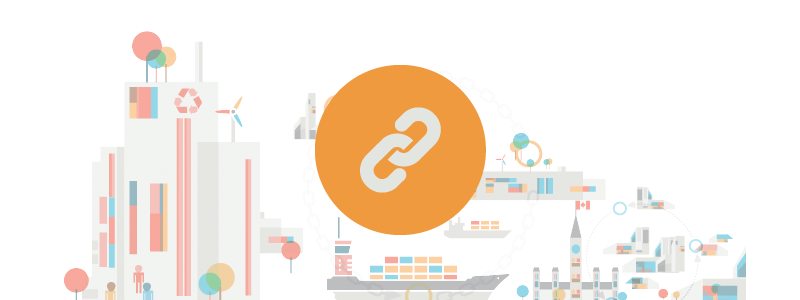3M, a multinational manufacturing company, has a solid history in managing the sustainability impacts of the company’s value chain. In 2011, the company set a corporate goal – to further enhance the environmental sustainability attributes of new products. For this goal, a product qualifies for consideration if it has one or more sustainability attributes within its value chain: the life cycle stages of raw material sourcing, manufacturing, customer use and design, function and disposal.
3M follows a Life Cycle Management (LCM) process to identify environmental, health and safety opportunities, manage risks and ensure regulatory compliance throughout the product life cycle and supply chain. Subject matter experts in environmental and toxicological implications are involved in the LCM process that applies to all 3M products whether developed in-house, jointly with another company, or acquired from a third party. Any product purchased from an outside supplier for sale as a 3M product receives the same product life-cycle treatment. Key elements that may be included in the LCM evaluation are energy and greenhouse gas impacts, reduction of hazardous materials, potential health and environmental effects, customer or worker safety, and design for product “end of life” including potential for recycling.
The company’s global strategy for detailed quantitative Life Cycle Assessments (LCA) is based on sound science. 3M has a global strategy for conducting consistent LCAs, led by the Corporate Environmental Laboratory, which has adopted the ISO 14040 series standards, World Resource Institute Standards and World Business Council for Sustainable Development Standards for guidance.
In 2013, 3M launched a project to enhance the extent to which new products improve lives in socio-environmental terms. The project builds on the company’s existing LCM process and tools for assessment. It is designed to promote creative sustainability-focused solutions throughout the seven stages of the company’s “new product” introduction process and guide teams to invent more sustainable solutions to improve the impact of products. Within this project the company is educating cross-functional teams on how to improve the sustainability attributes and applications of products from before a new idea even gets drawn out on paper, through to the final stages of the manufacturing scale-up and product launch. The company hopes that by deepening social and environmental thinking into solution development, customers will be more engaged to advance and help improve lives around the world.

Value-Chain Influence
Take responsibility for sustainability outcomes of their value chain, both up and downstream of their operations, and across regions and sectors.
